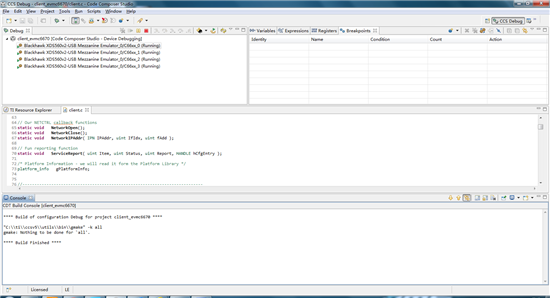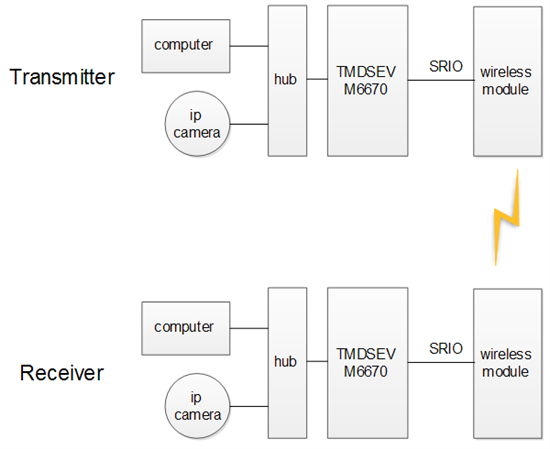I'm trying to build a communication system based on TMS320C6670L Evaluation Module,the data transmit between PC and 6670.so if there has IP packet came from the Ethernet port or SRIO of C6670, How can I capture the packet ?is it something about NDK?can anyone give me some examples ?
THANKS!





